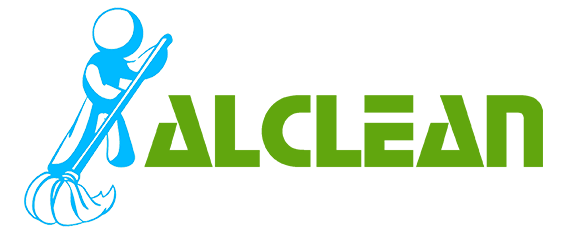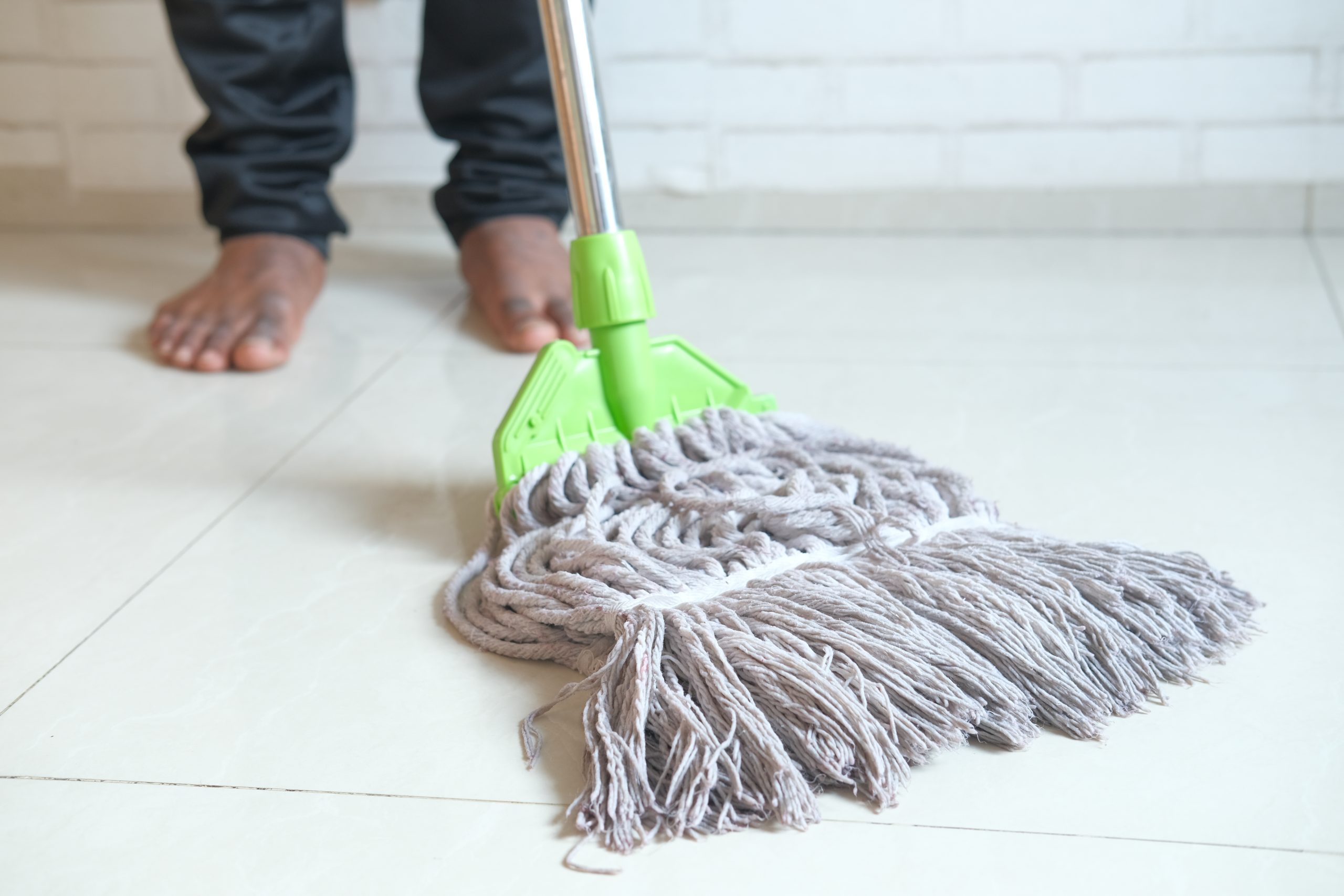A clean home brings peace of mind and a sense of satisfaction. Among the array of cleaning tools available, wet mops stand out for their efficiency in keeping floors spotless. However, using it properly is not as straightforward as it might seem. But first, let’s talk about the basics of this cleaning product before we tell you ‘what common mistakes you are making with a wet mop’.
What is a Wet Mop?
One way to clean is using a wet mop, which has a handle and a mop head that is often composed of absorbent materials like sponge, cotton, or microfiber. Its principal application is to remove floor filth and grime when combined with water and, if desired, cleaning chemicals.
Versatile wet mops if you purchase from leading brands such as Zidello, are suitable for a variety of flooring types including tile, hardwood, and linoleum.
How Are Wet Mops Used?
- To clean, soak the mop head in a bucket of water and a cleaning solution, such as regular soapy liquids or surface cleaner.
- Wring out the excess liquid.
- Sweep the floor with the damp mop. To make sure you cover everything and don’t miss any locations, use long, overlapping strokes.
- To keep the mop head clean, rinse it with clean water regularly. To avoid using a damp mop, make sure it is completely wrung out before each use. You can protect your flooring from water damage and stains by doing this.
- Before putting furniture back on the floor or stepping on it after mopping, be sure the floors have dried thoroughly.
5 COMMON MISTAKES TO AVOID WHEN USING A WET MOP
1) Using Too Much Water: Remember that time you thought more water meant cleaner floors? Turns out, it’s not quite right, especially for our hardwood and laminate. Swelling, warping, and the dreaded mold can creep in if water finds its way into the nooks and crannies. The trick is to keep your mop just damp enough to clean, not drench.
2) Fresh Start, Fresh Water: You wouldn’t wear your socks two days in a row for a marathon, right? Using the same mop of water from start to finish is just like that. It’s essential to change the mop water as soon as it becomes visibly dirty to avoid spreading the grime across your floors rather than cleaning them
3) Skipping the Sweeping: Dust, hair, and other debris should be swept or vacuumed up beforehand; otherwise, these particles will just be pushed around by the mop, creating a bigger mess.
4) The Rinse and Repeat Rule: It is essential to completely rinse the mop head after each use of the wet mop. If you don’t, grime and germs will accumulate, rendering the item less effective and maybe even harmful to your health.
5) Improper Storage: Ever opened your cleaning closet to be greeted by a musty smell? That’s the call of an unwashed mop. After rinsing, wring the mop head out as much as possible and hanging it in a well-ventilated area to dry completely.
Following these best practices has clear benefits: not only do you get a better clean that protects your floors from damage and your space from germs and allergens, but you also make your cleaning efforts more effective and last longer.

